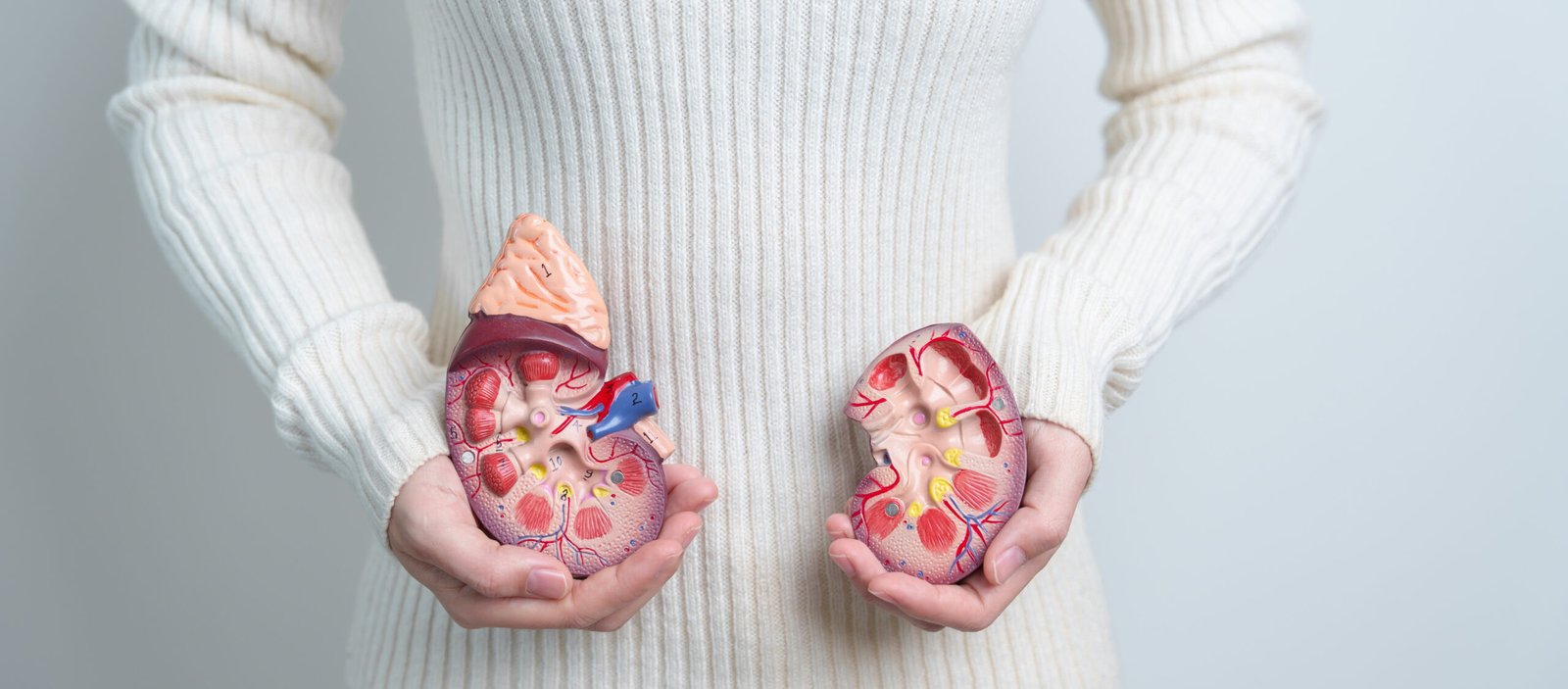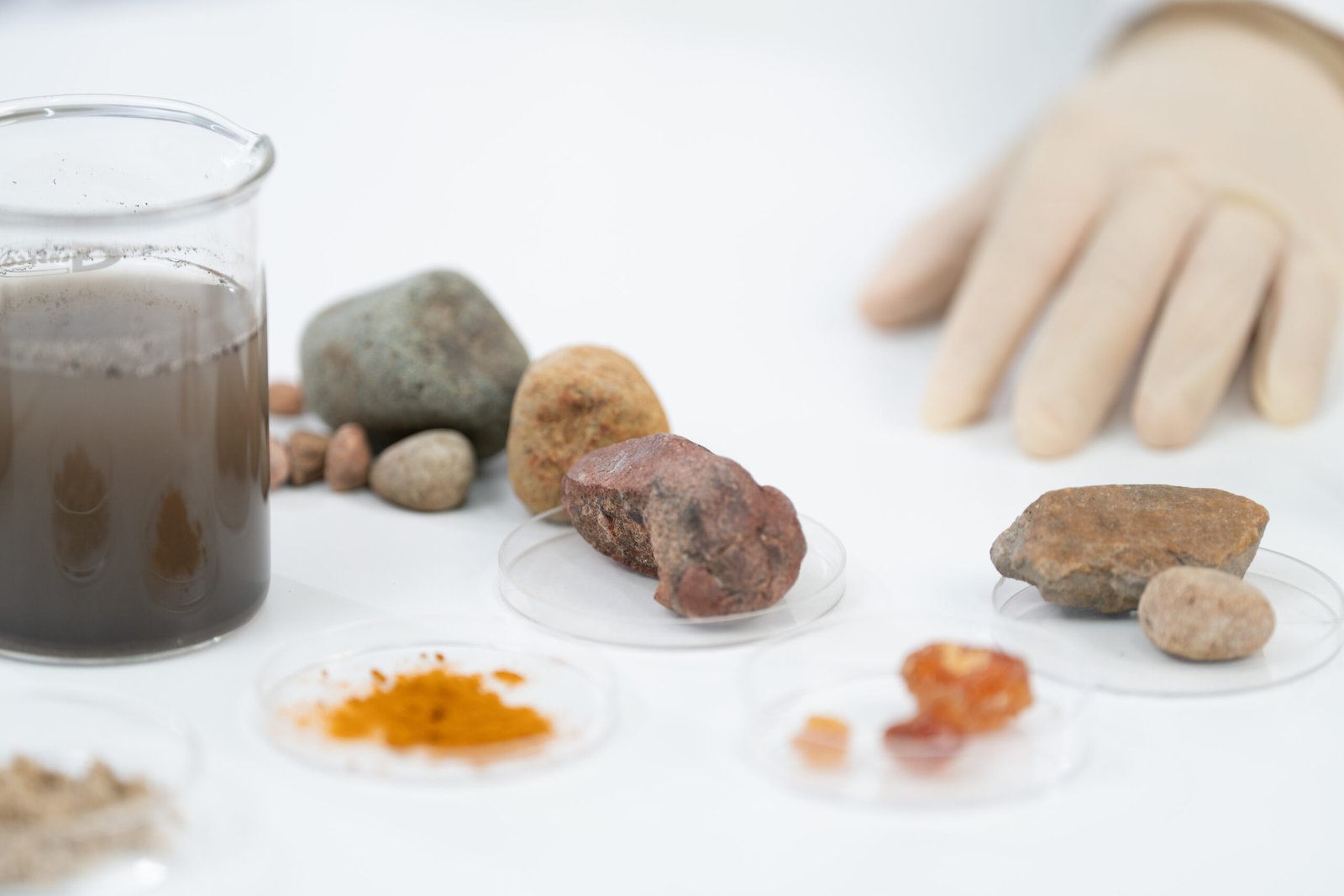Sandhigata Vata is a term in Ayurveda that refers to a condition affecting the joints, primarily caused by an imbalance of the Vata dosha. In simple terms, it is akin to what modern medicine describes as osteoarthritis, a degenerative joint disorder.
Causes
In Ayurveda, the root cause of Sandhigata Vata is an aggravated Vata dosha. This can be triggered by factors such as aging, improper diet, excessive physical activity, mental stress, and exposure to cold and dry climates. These factors cause Vata to become imbalanced, leading it to accumulate in the joints, where it disrupts the natural lubrication and causes wear and tear.
Symptoms
Common symptoms of Sandhigata Vata include:
- Joint Pain: Usually starts with mild discomfort, progressing to severe pain, especially with movement.
- Stiffness: Affected joints become stiff, particularly in the morning or after periods of inactivity.
- Swelling: Swelling and inflammation may occur in the joints, leading to a reduced range of motion.
- Crepitus: A grating sensation or sound may be felt or heard in the joints during movement.
Ayurvedic Approach
Ayurveda approaches Sandhigata Vata with a combination of lifestyle modifications, dietary changes, herbal remedies, and specific therapies.
- Diet: A Vata-pacifying diet is recommended, which includes warm, moist, and nourishing foods like soups, stews, and ghee. Avoiding cold, dry, and processed foods is essential.
- Herbal Remedies: Herbs like Ashwagandha, Guggulu, and Shallaki are commonly used to reduce inflammation, strengthen the joints, and balance Vata.
- Therapies: Panchakarma therapies such as Abhyanga (oil massage) and Basti (medicated enema) are effective in detoxifying the body, reducing pain, and rejuvenating the joints.
Managing Sandhigata Vata requires a holistic approach, focusing on balancing Vata, strengthening the joints, and adopting a healthy lifestyle. Early intervention and consistent care can significantly improve joint health and overall well-being.



